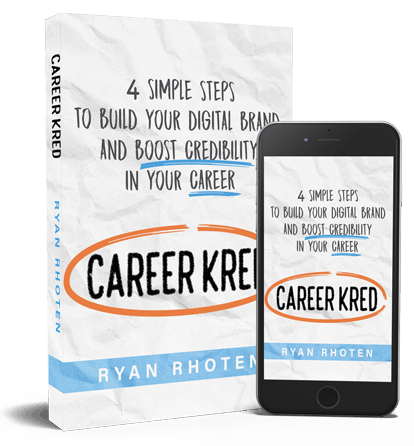Corporations are funny things. Funny in the sense that they are forever in search of the next big thing that will help them increase sales, productivity, employee engagement, customer satisfaction and a multitude of another process.
As a result, a corporation will completely reorganize their workforce if they believe it will be for the “betterment” of the customer. In fact, corporations will do just about anything if they can justify the impact in terms of the customer.
But what if corporations could make one simple change that would increase productivity, employee engagement and quite possibly result in increased sales and customer satisfaction? Would they do it?
It's no secret that the workplace is rapidly evolving, specifically where and when work gets done. With all of the technology available, cell phones, laptops, iPads, etc., it is becoming easier than ever to work from anywhere. Yet corporations are reluctant.
Why is that? There are numerous studies that demonstrate working from home does increase worker productivity. In fact, here is a link to one study that was done in China.
In order to get over this hump of reluctance, here are three common objections corporations and/or managers have about employees working from home and how to overcome them.
Objection # 1 – Employees will not actually work – the biggest objection I see coming from managers about employees working from home is that they will “screw off” instead of working.
Managers who feel this way really need to take a look at themselves first and ask, “Why do I believe this to be the case?” Odds are it’s because of something you are not doing.
How to Overcome this – Establish clear goals and objectives, sometimes referred to as Key Result Areas (KRAs). Write them down and discuss them with your employee. Sounds simple enough and frankly should be done whether the employee works from home or not but all to often it is completely forgotten.
If you don't have KRAs in place for your employees, you need to get them in place immediately. Your employees want to know what you expect. If you don’t tell them, how will they know?
Objection # 2 – How will I know they are working on their KRAs – Let’s say a manager establishes KRAs that the employee agrees with and understands. Now, what?
Even with defined KRAs many managers will still be concerned about not having employees they can “see” and as a result, will doubt whether or not they are making progress on their KRAs.
How to overcome this – Define a method and specific timing for communication. If you are going to allow your employees to work from home this is just as important as establishing what they need to be working on. Set a specific date and time to discuss progress towards the KRAs.
Think of it as “checking in with the home office”. There is no perfect solution to establish the timing it is up to you and your comfort level. It could be once a month, bi-weekly, or hold a 1/2 hour call every week. The exact time frame is less important than holding the meetings. Select something that works for both you and your employee.
Objection # 3 – I’m uncomfortable with Employees working from home – Finally some honesty. When it comes right down to it all of these objections revolve around this one aspect that makes managers uncomfortable.
It boils down to one word, Trust. For many managers, this one is probably the single biggest obstacle to overcome, yet the most critical. It has nothing to do with a lack of KRAs or defined communication.
It has everything to do with you, your management style and your employee. But if you want to be a great leader you need to learn to trust.
How to overcome this – There is no magic bullet to help you resolve this internal turmoil. This one is all on your shoulders. However, I would suggest you take a step back and look at the rungs on the ladder above you.
Think about those in the positions above that you aspire to achieve. What do they all have in common? As you move up the corporate ladder, do more employees typically work for you in the same office or do they begin to work for you, more often than not, remotely?
Want to be the leader of global initiative? How many of those on your team will sit in the same office as you? Want to run the sales organization? Same question.
The fact is, people have been working remotely in your place of business for years. The higher up you go, the more employees you will have working remotely. If you want to move up you must trust your employees.
Clearly to become a successful leader trust is critical. If you don’t trust your employees you must first look at yourself as you may have a management style issue that needs to be corrected.
It’s also possible that you have hired the wrong person for the job or maybe as Jim Collins stated in Good to Great (affiliate link), you may have hired the right person but placed them in the wrong seat on the bus.
Either way, it is up to you to develop trust with your employees and with yourself. Establishing clear KRAs and communication channels with your employees will allow you to begin lead via Ronald Reagan’s catch phrase “Trust, but Verify”.
What are your thoughts on employees working from home? Good or bad?





